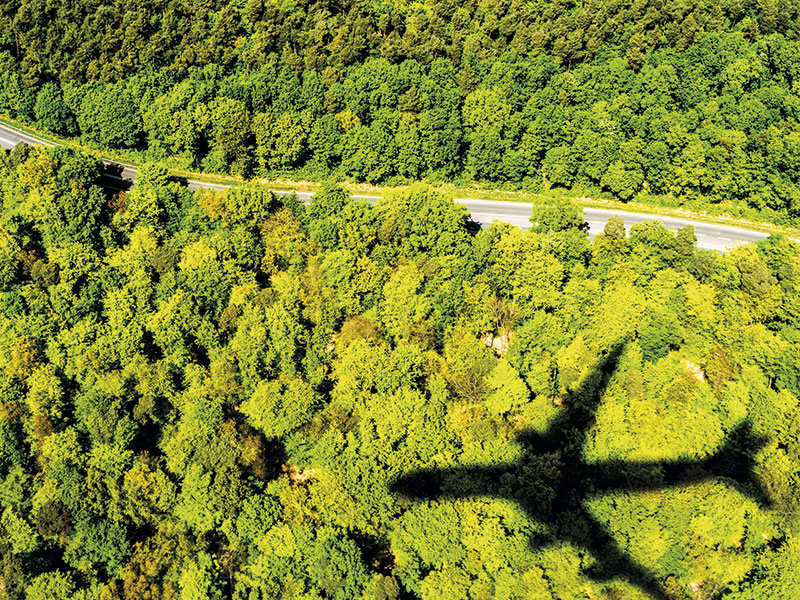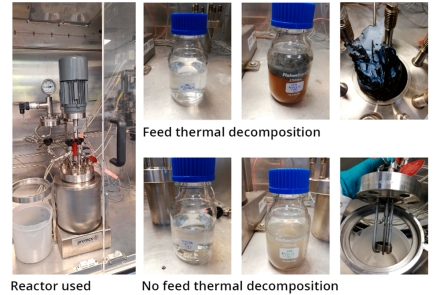SkyNRG Sustainable Aviation Fuel Market Outlook
The HIGFLY project aims to accelerate the commercialisation of sustainable aviation fuel (SAF) and increase its share in the EU market by improving the cost effectiveness and energy efficiency of obtaining hydrocarbons in the kerosene range from abundant, sustainable feedstocks.
HIGFLY partner SkyNRG is a global leader in the SAF market with a mission to build SAF capacity to meet the aviation sector´s 2050 net zero commitments. They source, blend, and distribute SAF to airlines worldwide and are developing regional SAF supply chain networks with valuable partners to increase the supply and production of SAF all over the world. SkyNRG also develops programmes to reduce CO2 emissions within the sector by allowing corporate and individual travellers to invest in SAF developments by flying on SAF.

Given the updated SAF mandates implemented by the EU and UK, SkyNRG produced a SAF market outlook in 2022 that analyses the feasibility of meeting these targets and the factors that will affect achieving them.
Summary of SkyNRG SAF Market Outlook
European SAF mandates and production capacity play a critical role in determining the supply of SAF in the market. The European Commission and the UK government have proposed SAF blending mandates, which require airlines to use a certain percentage of SAF in their fuel blends. The EC’s proposal suggests that 2% of aviation fuel should be SAF by 2025, rising to 5% by 2030 and 63% by 2050. To meet the demand of both mandates, a SAF supply of 4.7 Mt in 2030 and 39.1 Mt in 2050 is needed.
The current capacity of Europe-based SAF production can fulfil the mandated amount up until 2027, however, after 2028, additional capacity will be required to meet the increasing demand. This could come from yet-to-be-announced SAF capacity, capacity switches from announced renewable diesel production, or by importing SAF from outside the EU and UK.
An amendment proposing a cap on waste oils could be adopted to prevent these feedstocks from flowing from the road sector to aviation, increasing Europe’s focus on cellulosic wastes and Power-to-Liquids. The hydro-processed esters and fatty acids (HEFA) pathway is essential for scaling the SAF sector in the near-term, but the deployment curve is expected to flatten by 2030 due to limited availability of waste oil feedstocks. After 2030, the targets accelerate rapidly, with 20% SAF by 2035, mostly produced from cellulosic feedstocks and Power-to-Liquids.
Demo facilities converting cellulosic wastes and renewable power with CO2 into SAF should start immediately to ensure the sector is ready for the pace acceleration between 2030 and 2035, however, the current design of the EU SAF mandate does not incentivise diversification of feedstock-technology combinations. Fuel suppliers are more likely to import HEFA-SAF than to buy EU-based SAFs based on the Renewable Energy Directive II (RED II) feedstocks, which are mostly cellulosics. A cap on waste oils, in line with the RED II transport framework, could generate the needed market push in time.
To read the full report of SkyNRG´s 2022 SAF Market Outlook, visit https://skynrg.com/a-market-outlook-on-sustainable-aviation-fuel-may-2022/. And an update to the Market Outlook was published in May 2023 and is available for download here SkyNRG's Sustainable Aviation Fuel Market Outlook May 2023 – SkyNRG







